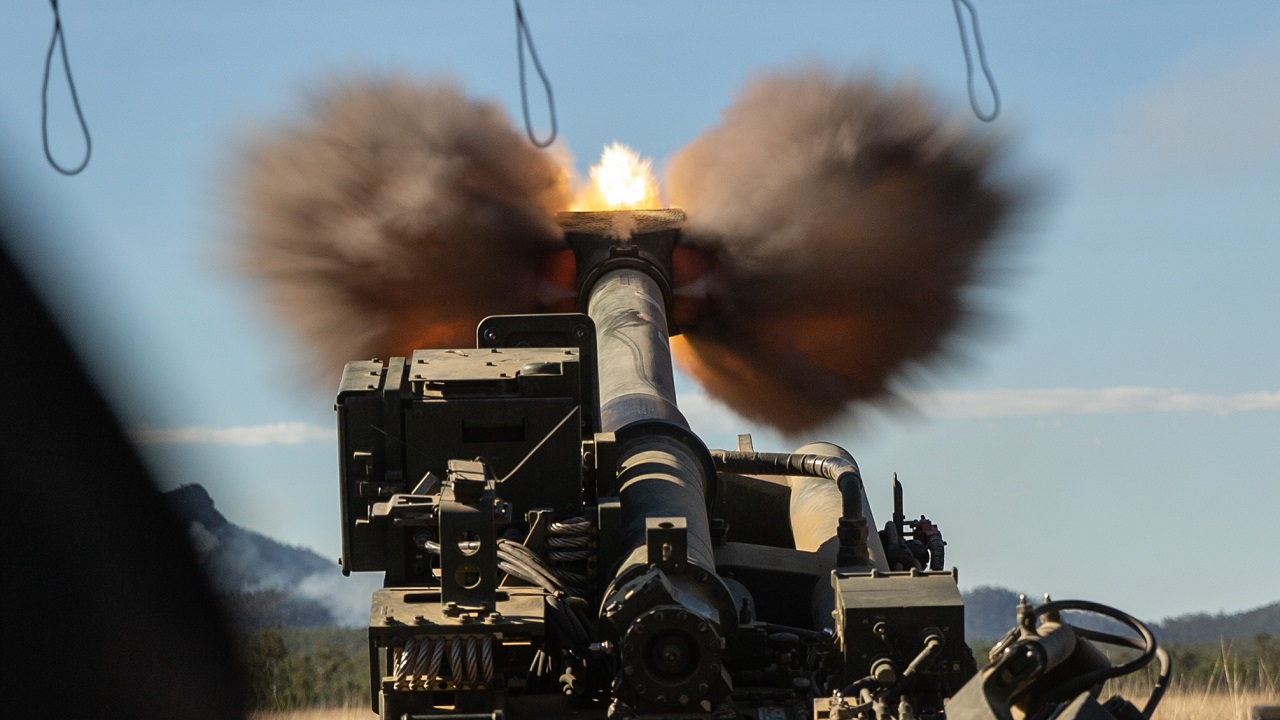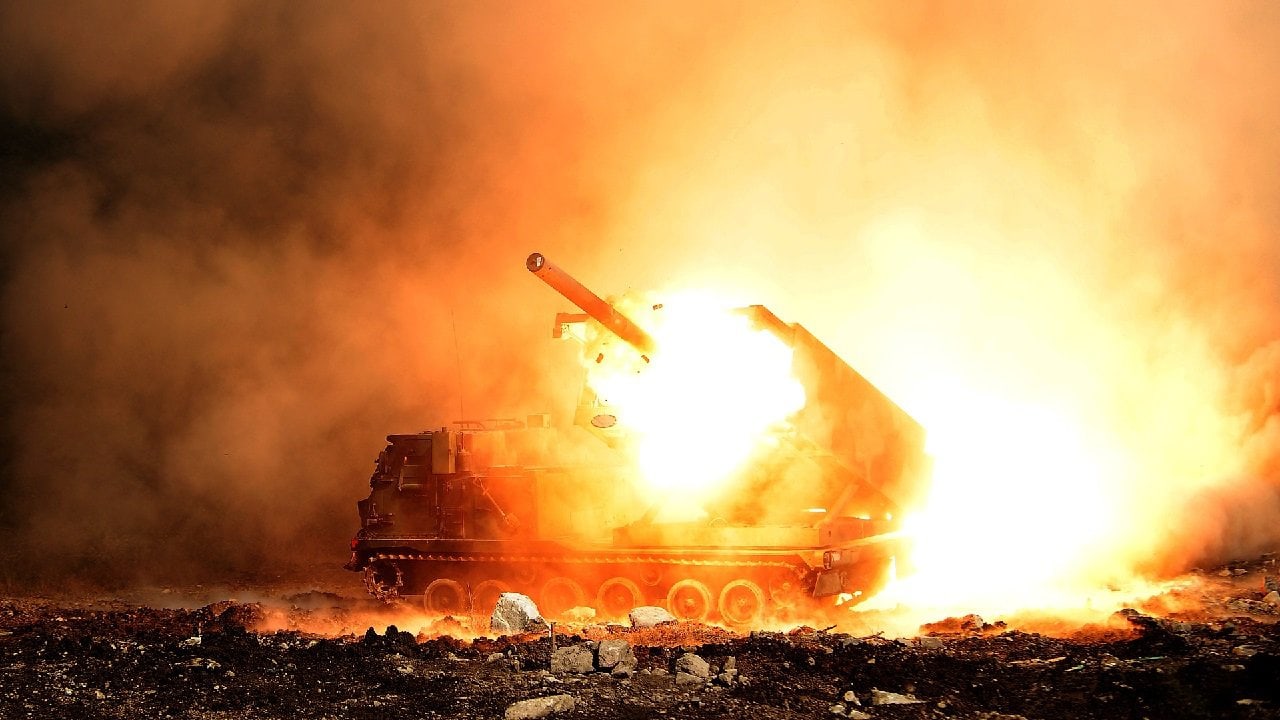The United States and Russia are pushing forward with talks to end the Russia-Ukraine War, even after U.S. President Donald Trump hosted Ukrainian President Volodymyr Zelensky in Washington.
Because of the structure of the talks, the U.S. is playing what amounts to a two-level game, negotiating with Russia on the one hand and with Ukraine and Europe on the other. Could this approach work? What kind of peace can it provide?
Before we can answer these questions, we need to take a look at the issues in dispute, which are more complex and more difficult to resolve than either Trump or Russian President Vladimir Putin acknowledge.
Ukraine War: The Issues
A ceasefire along the current frontlines might seem like the easiest lift for the U.S. and Russia, but even this is fraught with the potential for conflict.
For one, it seems unlikely that any peace agreement would allow Ukraine to control Russian territory in Kursk, but the Ukrainians will want something in exchange for ceding control.
At the same time, Russia has not relaxed its demands that Ukraine evacuate parts of the country still controlled by Ukrainian forces. If negotiators can’t figure out a way to work through those disagreements, even a ceasefire will be hard to come by.
In the medium term, territorial issues cannot be resolved without careful attention to how existing lines of control interact with villages, roads, water sources, and high ground. Simply freezing the battle will leave both sides holding untenable territorial positions, such as defensive positions under the direct surveillance of enemy high ground, and villages cut off from roads and water supplies. Any ceasefire must rapidly be followed by careful, painstaking work that will allow both sides to maintain control over coherent territorial spaces. This will require establishing a commission with Ukrainian, Russian, and neutral members to work together in the days and weeks following the ceasefire.
The question of external security guarantees looms over the entire process. Ukraine blames weak security guarantees for making possible the Russian invasions of 2014 and 2022, and Kyiv has made some kind of security guarantee a red line for negotiations with Moscow.
Russia has insisted that Ukraine be openly and officially barred from NATO membership for the foreseeable future. The Trump administration has appeared extremely resistant to the idea of a U.S. security guarantee for Kyiv, instead insisting upon European guarantees and claiming U.S. investment in Ukraine’s mineral industries constitutes a de facto guarantee against Russian aggression.
For its part, Europe has expressed an interest in some form of security assurance but has called upon the U.S. to backstop that guarantee by providing support for European military capabilities.
The most difficult issues involve the post-ceasefire political and military constraints on Ukraine. Any outcome that leaves Ukraine under the political control of dedicated anti-Russian leadership and allows Ukraine to fully rearm itself is a defeat for Moscow, no matter how much territory Russia is able to seize.
The political and military neutering of Ukraine is at the core of Russia’s war aims, and if those issues aren’t addressed, it’s not clear that Moscow will see a reason to end the conflict.
Moscow and Washington both insist on Ukrainian elections in the near term, perhaps out of a hope that they can control those elections and create more flexibility in Kyiv. It’s probably in Zelensky’s best interests to go along with that plan and do as much as he can to shape a reasonably fair process.
Just as troubling is the long-term Russian demand that Ukraine accept significant limitations on its arms industry and its foreign-arms acquisition policy.
Russia treats this demand as core to its own security, while Ukraine sees it as an invitation for a third Russian invasion. This problem is tied closely to the question of security guarantees, as some have floated an “armed neutrality” strategy that would amount to transferring substantial military capabilities to Ukraine—a policy that is unlikely to satisfy Russia.
What Happens Now?
It’s worth noting here that there are some issues and demands that will not find their way to the negotiating table. Ukraine has made a number of demands that are fully in line with international law and with concepts of international justice, but that are impractical in the current military and political environment.
These include a restoration of territory seized by Russia (in both 2022 and 2014), reparations for damage inflicted by Russia during the conflict, war crimes trials for Russian political and military leaders, and the return of Ukrainian citizens from Russia.

U.S. Marines with Golf Battery, 2d Battalion, 11th Marines, currently attached to the 31st Marine Expeditionary Unit, and Australian Defence Forces with 109th Battery, 4th Regiment, fire an M777 155 mm Howitzer during Exercise Talisman Sabre 21 on Shoalwater Bay Training Area, Queensland, Australia, July 17, 2021. Australian and U.S. Forces combine biennually for Talisman Sabre, a month-long multi-domain exercise that strengthens allied and partner capabilities to respond to the full range of Indo-Pacific security concerts. (U.S. Marine Corps photo by Lance Cpl. Ujian Gosun)
Peace is not antithetical to justice; indeed, an enduring sense of injustice on the part of Ukraine might well form the basis of another war.
But questions of justice cannot be resolved in the process that got underway in Riyadh, or in any other conceivable set of peace talks, as long as Russia maintains any degree of military advantage.
About the Author: Dr. Robert Farley
Dr. Robert Farley has taught security and diplomacy courses at the Patterson School since 2005. He received his BS from the University of Oregon in 1997, and his Ph. D. from the University of Washington in 2004. Dr. Farley is the author of Grounded: The Case for Abolishing the United States Air Force (University Press of Kentucky, 2014), the Battleship Book (Wildside, 2016), Patents for Power: Intellectual Property Law and the Diffusion of Military Technology (University of Chicago, 2020), and most recently Waging War with Gold: National Security and the Finance Domain Across the Ages (Lynne Rienner, 2023). He has contributed extensively to a number of journals and magazines, including the National Interest, the Diplomat: APAC, World Politics Review, and the American Prospect. Dr. Farley is also a founder and senior editor of Lawyers, Guns and Money.

